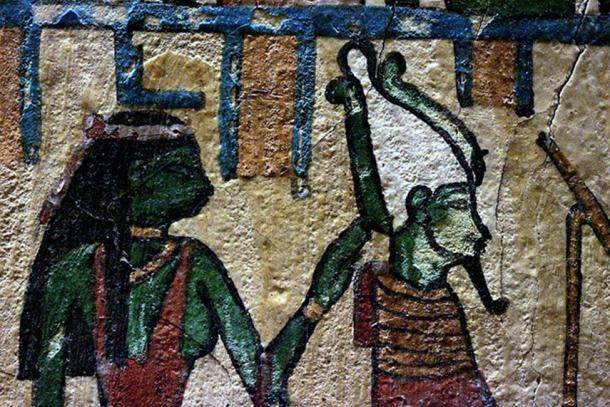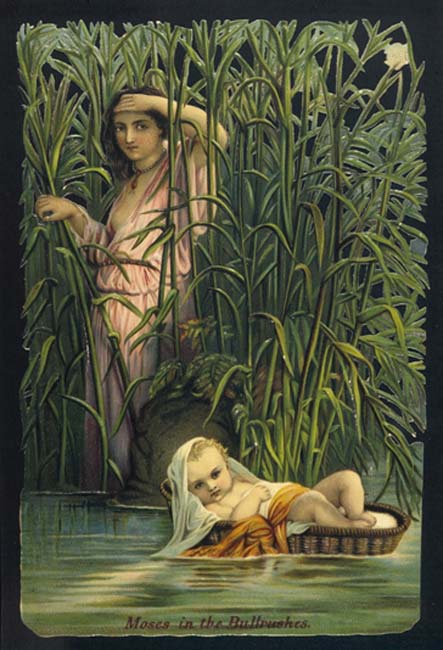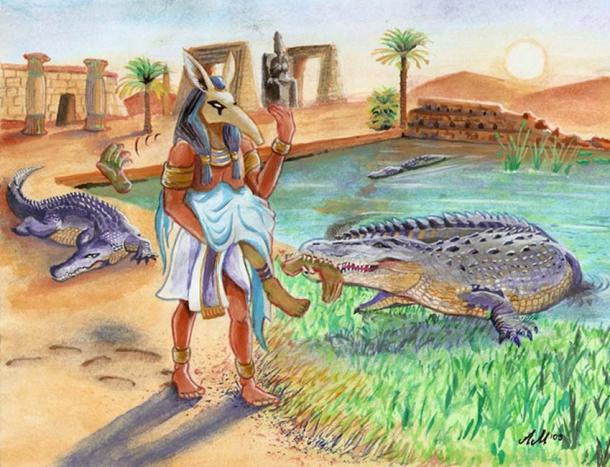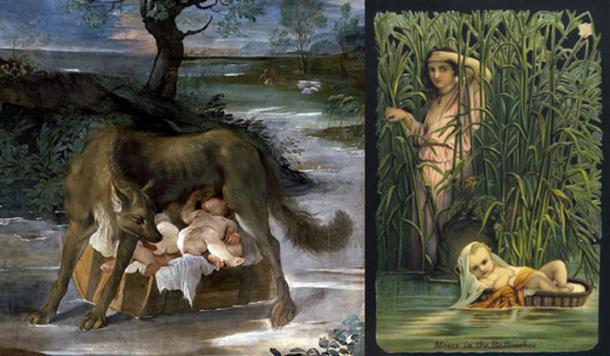The stories of Romulus and Remus, Osiris, and Moses all share a common element. Why is it that the overarching theme surrounding ancient people and the start of their legacy is a male floating down the river to escape harm from another threatening male? Is it a coincidence that the leaders of these people were all sent down river to escape persecution; or are these stories all virtually the same? This article examines the stories of the founding of ancient Rome, ancient Egypt, and ancient Israel to see the similarities between all three stories.
The Story of Romulus and Remus
In the Romulus and Remus story, the twin brother founders of ancient Rome are sent down the Tiber river in a basket by their mother Princess Rhea to escape persecution from King Amulius, who had dethroned Princess Rhea’s father, Numitor. They are found by a female wolf that raises them as her own.
The Story of Osiris
In the story of Osiris , he and his wife, Isis, are beloved leaders of the Egyptian people. Osiris’s brother, Seth, is envious of him and devises a plan to get rid of his famous brother. He builds a floating vessel and tricks his brother into getting into the vessel, after which he locks him in it and sends him down the river Nile. His floating vessel is then found by the Queen.

Osiris and Isis held at the Louvre Museum. ( CC BY-SA 2.0 )
The Story of Moses
In the story of Moses , his mother fears for his life because the current Pharaoh has put out an edict to kill all of the male babies within the kingdom by throwing them in the river to drown. She sends him down the Nile River in a basket and ironically Pharaoh’s daughter discovers him and raises him as her own, along with the help of Moses’s, mother whom Moses’s sister Miriam introduces to the princess as a nurse.

Moses in the Bulrushes. ( Archivist / Fotolia)
Comparison of the Three Stories
Except for a few details, the beginnings of these stories are identical. There is a villain that is a menacing threat to the male and, in some way, they are sent down the river. Waiting at the banks of the river is a female, who retrieves them from the river. However, this is where the similarities end.
Romulus and Remus eventually become men, who then feud over the towns they should build. Romulus kills Remus and then Rome is established by him. Moses eventually becomes a man and he leads his people out of Egyptian slavery to freedom in their own homeland. Osiris is found by Seth and cut into pieces and disbursed throughout Egypt. Isis finds his body parts and resurrects him long enough to conceive a son named Horus, who avenges his uncle Seth.

Myth of Osiris and Isis – Seth’s Rage. ( Zanten / Deviantart)
Despite the fact that each tale ends very differently, there are very similar details disbursed throughout all three of them. Romulus and Remus’s tale is similar to Moses’s tale because a female rescues them and raises them. However, the significant difference between the two tales is that one female is a wolf and the other is the daughter of the Pharaoh. In the case of Osiris’s tale, he is rescued from the water by a woman also, but she doesn’t rear him; instead, she hands his body over to Isis.
Then there is the feuding brother aspect that is included in the Romulus and Remus tale and Osiris and Seth tale. Romulus and Remus’s feud arises when they are adults – deciding who should lead. Osiris and Seth’s feud also occurs as they are adults, but it is because Seth is envious of Osiris’s leadership.
One last but crucial similarity is how they all get down the river. Romulus and Remus float in a basket; Moses floats in a basket-like ark; and Osiris floats in what is described as a tomb. The unifying factor among the three stories is significant and there seems to be elements of all three that overlap in each

Left: She-Wolf Suckling Romulus and Remus, detail ( Public Domain ) Right: Moses in the Bulrushes. ( Archivist / Fotolia)
Exploration of Possible Reasons for the Stories’ Similarities
Why are these seemingly different tales so strikingly similar?
1. These stories were authored by the same individual.
Could it be that these beloved stories were all written by the same person in ancient times? The Roman scribes would have known this story because the Romans had a lot of contact with the Egyptians. Likewise, the Children of Israel were enslaved by the Egyptians at one point in their history; therefore, this story would have been well-known by them and passed down to them by their captors. It is plausible that the person who originally created the Osiris story is who originally developed this tale.
2. Each ancient nation had a version of this same story.
Just about every ancient nation has creation stories that share similarities. The ancient scholars likely competed to create one more fascinating myth than predecessors in order to be more fabulous than other contemporaneous nations.
3. The stories are lost in translation.
Another explanation could be that these stories could have begun as very different in ancient times. However, these tales may have been lost in translation by the translators.
In an effort to make sure that the story was understood by readers, translators may have relied too heavily on myths within their own timeframe and understanding in order to relay the stories of the past. As a result, these stories, although distinct, may have been corrupted by the translator.
Are the stories of Romulus and Remus, Osiris, and Moses truly unique in their origins or did they all come from the same source? Perhaps this will remain an ancient mystery.
Top image: The stories of Romulus and Remus, Osiris, and Moses all have at least one male floating down a river. Source: vectorgoddess /Adobe Stock
By M. L. Childs
Updated on September 15, 2020.
 RSS Feed
RSS Feed















 September 16th, 2020
September 16th, 2020  Awake Goy
Awake Goy  Posted in
Posted in  Tags:
Tags: 













